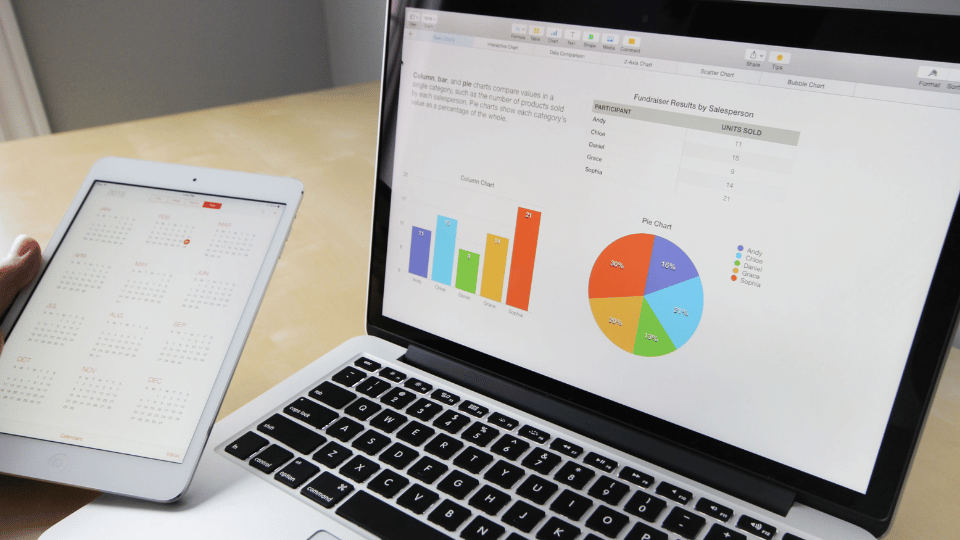Google Analytics is a powerful tool that provides valuable insights into the performance of your e-commerce website. Understanding how to leverage Google Analytics effectively can help e-commerce businesses make data-driven decisions to improve their online presence and drive sales.
Setting Up Google Analytics for E-Commerce
The first step in utilizing Google Analytics for e-commerce is to properly set up your account and enable e-commerce tracking. By integrating e-commerce tracking, you can gain detailed information about user behavior, conversions, and revenue generated on your website.
Understanding Key Metrics
Google Analytics offers a plethora of metrics that e-commerce businesses can analyze to gain insights into their performance. Metrics such as conversion rate, average order value, bounce rate, and revenue per user are crucial for evaluating the effectiveness of your e-commerce strategies.
Analyzing Traffic Sources
One of the primary functions of Google Analytics is to track and analyze the sources of traffic to your e-commerce website. By identifying which channels drive the most traffic and conversions, you can allocate resources effectively and optimize your marketing efforts.
Utilizing Goal Tracking
Setting up specific goals in Google Analytics allows e-commerce businesses to track key actions that contribute to their success, such as completing a purchase, signing up for a newsletter, or requesting a quote. By monitoring goal completions, businesses can measure their performance against predefined objectives.
Enhancing User Experience with Behavior Analysis
The Behavior section in Google Analytics provides valuable insights into how users interact with your website. By analyzing user behavior, businesses can identify areas for improvement, optimize their website navigation, and enhance the overall user experience to increase conversions.
Segmenting Your Audience
Audience segmentation in Google Analytics allows e-commerce businesses to divide their website visitors into distinct groups based on various criteria, such as demographics, behavior, or acquisition channels. By segmenting your audience, you can tailor your marketing strategies to different customer segments and personalize the shopping experience.
Optimizing Product Performance
E-commerce businesses can use Google Analytics to track the performance of individual products or product categories on their website. By analyzing product data, businesses can identify top-performing products, understand customer preferences, and make informed decisions about inventory management and marketing strategies.
Monitoring Cart Abandonment
Cart abandonment is a common challenge for e-commerce businesses, but Google Analytics can help identify the reasons why customers abandon their carts. By tracking the checkout process and analyzing cart abandonment rates, businesses can implement strategies to reduce abandonment rates and recover lost sales.
Measuring Campaign Effectiveness
Google Analytics provides robust tools for tracking the performance of marketing campaigns, including pay-per-click (PPC) ads, email campaigns, social media promotions, and more.
By measuring the effectiveness of your campaigns, you can optimize your marketing spend, identify high-performing channels, and refine your strategies for maximum impact.
Continuous Improvement through Data Analysis
Data analysis is at the core of Google Analytics for e-commerce, enabling businesses to make informed decisions based on real-time insights.
By regularly analyzing and interpreting data from Google Analytics, e-commerce businesses can identify trends, spot opportunities for growth, and continuously improve their online performance.
Conclusion
Google Analytics is an essential tool for e-commerce businesses looking to grow and thrive in a competitive online market. By effectively setting it up, tracking key metrics, and using the insights to refine strategies, businesses can enhance user experience, boost conversions, and make smarter, data-driven decisions for long-term success.
Key Takeaways:
- Set up e-commerce tracking to gain insights into user behavior and conversions.
- Understand key metrics like conversion rate, average order value, and bounce rate.
- Analyze traffic sources to allocate resources effectively and optimize marketing efforts.
- Utilize goal tracking to measure performance against predefined objectives.
- Enhance user experience by analyzing behavior and optimizing website navigation.
- Segment your audience to tailor marketing strategies and personalize the shopping experience.
- Optimize product performance by tracking and analyzing product data.
- Monitor cart abandonment to reduce rates and recover lost sales.
- Measure campaign effectiveness to optimize marketing spend and refine strategies.
- Continuously improve through data analysis to identify trends and opportunities for growth.
For a deeper understanding of e-commerce analytics and strategies, consider exploring the Parsons Ecommerce Foundations online course and certificate program by Yellowbrick. Elevate your expertise and stay ahead in the competitive e-commerce landscape.








